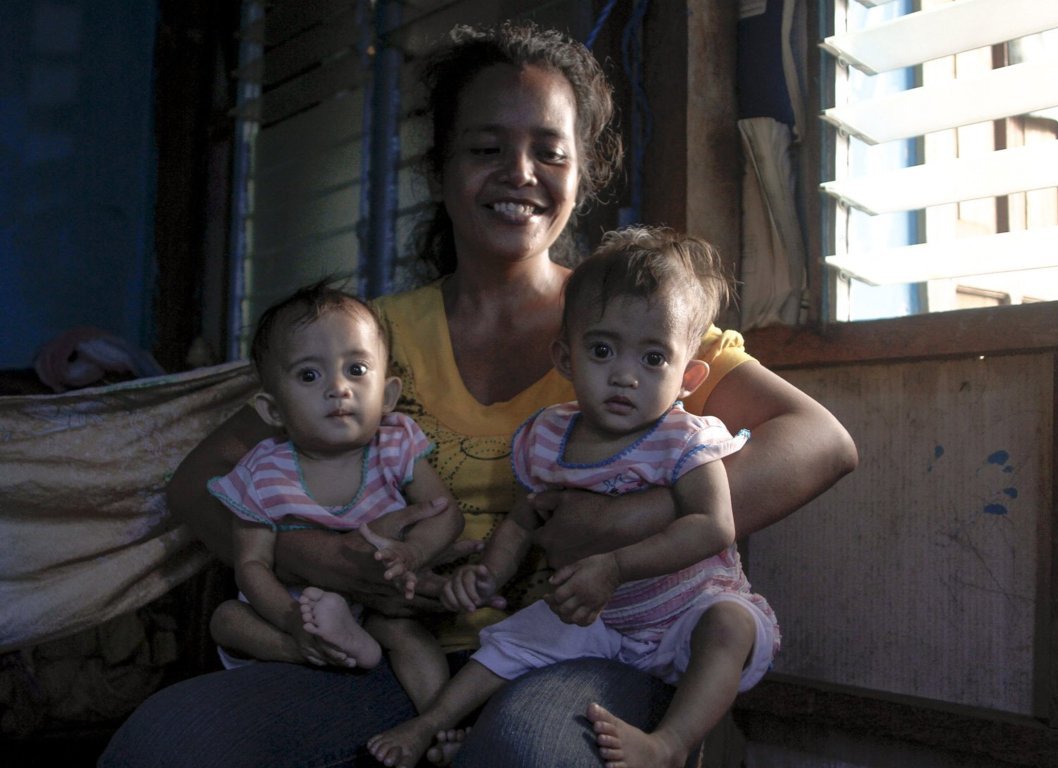
Tackling the Problem of Acute Malnutrition
by Yash Saboo February 28 2018, 12:42 pm Estimated Reading Time: 2 mins, 32 secsAccording to the Registrar General of India, in 2010, under-five mortality in India was 59 per 1,000 live births, one of the highest in the world. In 2012, British non-profit Save the Children reported that 1.83 million Indian children die every year before they turn five and pinned malnutrition as the key reason for the deaths.
According to WHO, severe acute malnutrition is defined by a very low weight for height (below -3SD of the WHO growth standards), by visible severe wasting, or by the presence of nutritional oedema. Decreasing child mortality and improving maternal health depend heavily on reducing malnutrition, which is responsible, directly or indirectly, for 35% of deaths among children under five.

Source : Inquirer News - INQUIRERnet
Although the median under-five case-fatality rate for severe acute malnutrition typically ranges from 30% to 50%, it can be reduced substantially when physiological and metabolic changes are taken into account. Management of severe acute malnutrition according to WHO guidelines reduced the case-fatality rate by 55% in hospital settings and recent studies suggest that communities such as ready-to-use therapeutic foods, can be used to manage severe acute malnutrition in community settings. In order to train health workers in applying this scheme WHO has created a course which, with the aid of institutional partners in Bangladesh, Chile, Gambia, Malawi, and the UK, has been conducted in countries in the African, South-East Asia and Western Pacific Regions.
In order to achieve early identification of children with severe acute malnutrition in the community, trained community health workers, and community members should measure the mid-upper arm circumference of infants and children who are 6–59 months of age and examine them for bilateral pitting oedema. Infants and children who are 6–59 months of age and have a mid-upper arm circumference
In primary health-care facilities and hospitals, health-care workers should assess the mid-upper arm circumference or the weight-for-height/weight-for-length status of infants and children who are 6–59 months of age and also examine them for bilateral oedema. Infants and children who are 6–59 months of age and have a mid-upper arm circumference
So, what can be done? This is a life-threatening condition requiring urgent treatment. Until recently, the recommendation was to refer these children to hospital to receive therapeutic diets along with medical care. The situation changed recently with the advent of ready to use therapeutic foods (RUTF) which allows the management in the community of large numbers of children who are severely malnourished above the age of 6 months without medical complications.
A meeting of experts was organized by the Department of Child and Adolescent Health and Development and the Department of Nutrition for Health and Development of the WHO, by UNICEF and the UN Standing committee on Nutrition in Geneva on 21-23rd November 2005 to review these recent developments and formulate recommendations. The report of this meeting is available on WHO's web page. It is expected that implementation of these community-based interventions on a large scale along with a strengthening of referral facilities for severely malnourished children with complications could transform the lives of millions of these children.





-173X130.jpg)
-173X130.jpg)


-173X130.jpg)
-173X130.jpg)
-173X130.jpg)